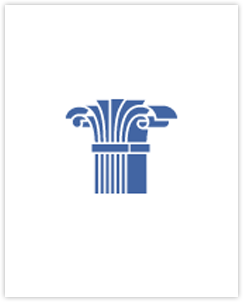
The Next Phase of Open Government: An Opportunity for Innovative Leaders

The Administration’s Open Government Initiative has led to much progress over the past two years, yet more work remains to be done to further the cause of transparency.
Two weeks ago, the Administration released it’s US National Action Plan for Open Government to much fanfare, including an address by President Obama to the United Nations. The document and attention has primarily focused on the US as a international model for transparency to serve citizens, through specific initiatives designed to improve public integrity, manage public resources, and improve public services. Importantly, government transparency can also be a great boon to managers operating within the Federal space – as a means of getting their job done more effectively.
Several elements of the Action Plan illustrate this point:
- “We the People” – A new application on the White House web site, We the People, allows citizens to petition government about specific issues. This will provide a window into subject areas where change is supportable – government leaders can assess where these areas align with programs, and use the information to develop improvements that address public needs.
- Records Management Reform – Records management has long been a challenge in an era of electronic content; social media only increases the issues that agencies face in this arena. By focusing on access to clear records, agencies can use the opportunity as a “housecleaning exercise” -- to archive and delete as appropriate and consistent with law and policy, and make other records easy to fund and use for government staff as well as the program beneficiaries.
- FOIA Upgrades – Agencies still spend too much time on a decades-old process for responding to Freedom of Information Act requests. This takes time away from managing programs for the staff that have to identify documents and work them through with agency FOIA specialists. Improving skills, technology, and process in this area provides an opportunity for managers to spend less time on paperwork an more on delivering services.
- Disclosure of Compliance Information – Much effort is spent by agencies in pursuing recalcitrant actors who do not comply with safety, health, environmental, or other important laws and rules. More information will serve as a means of allowing the affected public to help identify where such actors may reside, lessening the targeting burden for agencies and helping them to direct resources toward greatest need.
- Spending Transparency – The Administration has made significant progress in how to track funds distribution through Recovery.gov and they are taking steps to expand these lessons to other categories of spending through the new Government Accountability & Transparency Board (GATB). While these activities have primarily been billed as enabling citizens and businesses to get a better view of their government (“external transparency”), they are also a critical enabler to improvements in how the government sees and moves information from place to place (“internal transparency”). Imagine if, instead of the current re-keying and recoding that often occurs at each step as funds flow from Congress to the Treasury to agencies to salaries to grants and contracts, a common electronic identifier could “follow the money” and allow agencies to spend far less time with manually re-create data -- agencies would have a lot more time to ensure that they are getting the most out of what they spend rather than tracking the spending.
- Public Input to Policy and Innovation – The Action Plan lays out a number of activities to increase citizen involvement in regulation, data development, and expert policy input (expertnet). Smart government leaders will use these channels as a way to understand what their stakeholders want, and tune service delivery accordingly.
The common theme in all of these activities: open government and the Administration’s recent initiatives, in addition to being good for the public, can be good for government effectiveness and efficiency as well.



